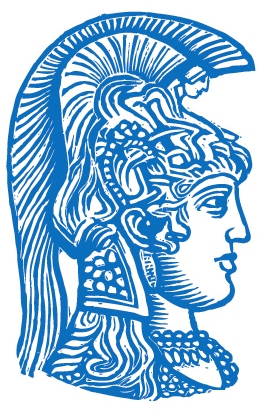 National and Kapodistrian University of Athens
Department of Biology
Biophysics & Bioinformatics Laboratory
National and Kapodistrian University of Athens
Department of Biology
Biophysics & Bioinformatics Laboratory
Protein Information |
|
|---|---|
| Protein Name | Prickle-like protein 1 |
| Accession Code | Q96MT3 |
| Gene | PRICKLE1 |
| Organism | Homo sapiens | Human (Taxonomy: 9606) |
| Part of Reference Proteome? | Yes |
| Sequence (Length: 831) |
Description |
Position in the Nuclear Envelope |
|
|---|---|---|
| Location | Location ID | Description |
| Nuclear Envelope | SL-0178 | The nuclear envelope is a membrane system which surrounds the nucleoplasm of eukaryotic cells. It is composed of the nuclear lamina, nuclear pore complexes and two nuclear membranes. The space between the two membranes is called the nuclear intermembrane space. |
| Nuclear Membrane | SL-0182 | The membrane surrounding the nucleus. This term is used when it is not known if the protein is found in or associated with the inner or outer nuclear membrane. | Membrane Topology |
| Topology | Source | Annotation Type |
| Lipid-Anchored | UniProt | Experimental Evidence {ECO:0000269|PubMed:14645515,} | Assigned Ontology terms |
Description |
|
|---|---|
| Involved in the planar cell polarity pathway that controls convergent extension during gastrulation and neural tube closure. Convergent extension is a complex morphogenetic process during which cells elongate, move mediolaterally, and intercalate between neighboring cells, leading to convergence toward the mediolateral axis and extension along the anteroposterior axis. Necessary for nuclear localization of REST. May serve as nuclear receptor. {Experimental EvidencePubMed:21901791}. | Assigned Ontology terms |
Description |
|
|---|---|
| Epilepsy, progressive myoclonic 1B (EPM1B) [MIM:612437]: A form of progressive myoclonic epilepsy, a clinically and genetically heterogeneous group of disorders defined by the combination of action and reflex myoclonus, other types of epileptic seizures, and progressive neurodegeneration and neurocognitive impairment. EPM1B is an autosomal recessive form characterized by myoclonus that progressed in severity over time, tonic-clonic seizures and ataxia. {Experimental EvidencePubMed:18976727, Experimental EvidencePubMed:21276947}. Note=The disease is caused by variants affecting the gene represented in this entry. Neural tube defects (NTD) [MIM:182940]: Congenital malformations of the central nervous system and adjacent structures related to defective neural tube closure during the first trimester of pregnancy. Failure of neural tube closure can occur at any level of the embryonic axis. Common NTD forms include anencephaly, myelomeningocele and spina bifida, which result from the failure of fusion in the cranial and spinal region of the neural tube. NTDs have a multifactorial etiology encompassing both genetic and environmental components. {Experimental EvidencePubMed:21901791}. Note=Disease susceptibility is associated with variants affecting the gene represented in this entry. | Database Associations |
| OMIM | 182940 608500 612437 |
| DisGeNET | 144165 |
Interactions with other proteins (12 interactors) |
|||
|---|---|---|---|
Database | Links |
| UNIPROT | Q96MT3 Q14C83 Q71QF8 Q96N00 |
| Pfam | PF00412 PF06297 |
| PROSITE | PS00478 PS50023 PS51303 |
| OMIM | 182940 608500 612437 |
| DisGeNET | 144165 |